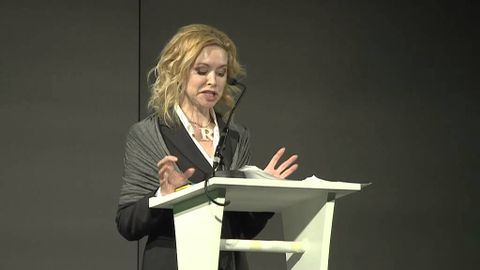
Subtitles & vocabulary
TED Fellow Rachel Armstrong speaks about combining nature and technology
00
Hhart Budha posted on 2014/06/14Save
Video vocabulary
think
US /θɪŋk/
・
UK /θɪŋk/
- Verb (Transitive/Intransitive)
- To have an idea about something without certainty
- To have an idea, opinion or belief about something
A1
More world
US /wɜrld /
・
UK /wɜ:ld/
- Noun (Countable/Uncountable)
- All the humans, events, activities on the earth
- Political division due to some kind of similarity
A1
More reality
US /riˈælɪti/
・
UK /rɪ'ælətɪ/
- Noun (Countable/Uncountable)
- What is true, as opposed to what is imagined
- The state of things as they actually exist, rather than as they may appear or might be imagined.
A2
More claim
US /klem/
・
UK /kleɪm/
- Noun (Countable/Uncountable)
- To say that something is true, often without proof.
- A statement that something is true.
- Transitive Verb
- To demand or ask for something that you believe is rightfully yours.
- To take or cause the loss of (e.g., a life, property).
A2
More Use Energy
Unlock All Vocabulary
Unlock pronunciation, explanations, and filters
